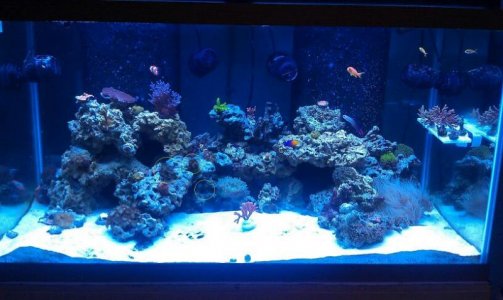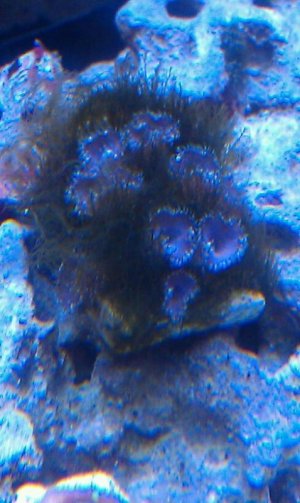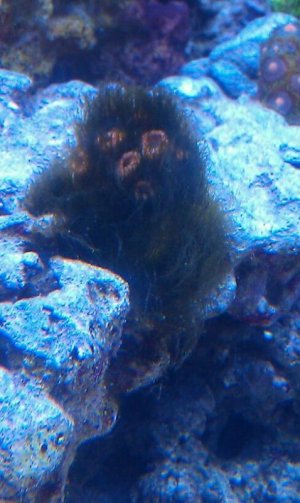Brandon, thank you for pointing me towards this thread. So far, I'm on page 10, reading through it, but figured I'd jump ahead to post my plan.
I've been dealing with algae, in our 40 breeder frag tank. For the most part, the algae issue is only effecting the frags, on frag racks, not the tank as a whole.
I've been using CoralRx, as a bath, every few weeks, with good results at killing the algae, but it always seems to grow back, after a few weeks. I've considered doing a CoralRx bath, every 2 or 3 days, for a week, to see if that puts a stop to the regrowth, but with the price of CoralRx, that could get expensive, so I've been looking for alternatives.
I did my last CoralRx bath, just a few days ago so right now, most of the frags are fairly "clean."
My plan:
I'll wait a week or so for the algae to regrow and then start a hydrogen peroxide treatment, with before/after photos.
I'm going to use two different methods, both with a 50/50 ratio of peroxide and tank water.
#1. I'll remove some effected frags from tank and spot treat by dipping just the plug portion, for 3 minutes, rinsing and returning to tank.
#2. I will make a bath, 50/50 peroxide/tank water, and actually submerge the frags/frag plugs in the solution for 3 minutes, rinsing and returning to tank.
Corals will include SPS, Chalices and Zoanthids.
I'm most interested to see if this stops the regrowth, after a couple of weeks. As I said, I'll photograph this process, posting before/after/possibly weekly progression photos.
If I'm happy with the results, I may attempt the same two methods, using full strength 3% peroxide, on another batch of algae effected plugs/corals.




